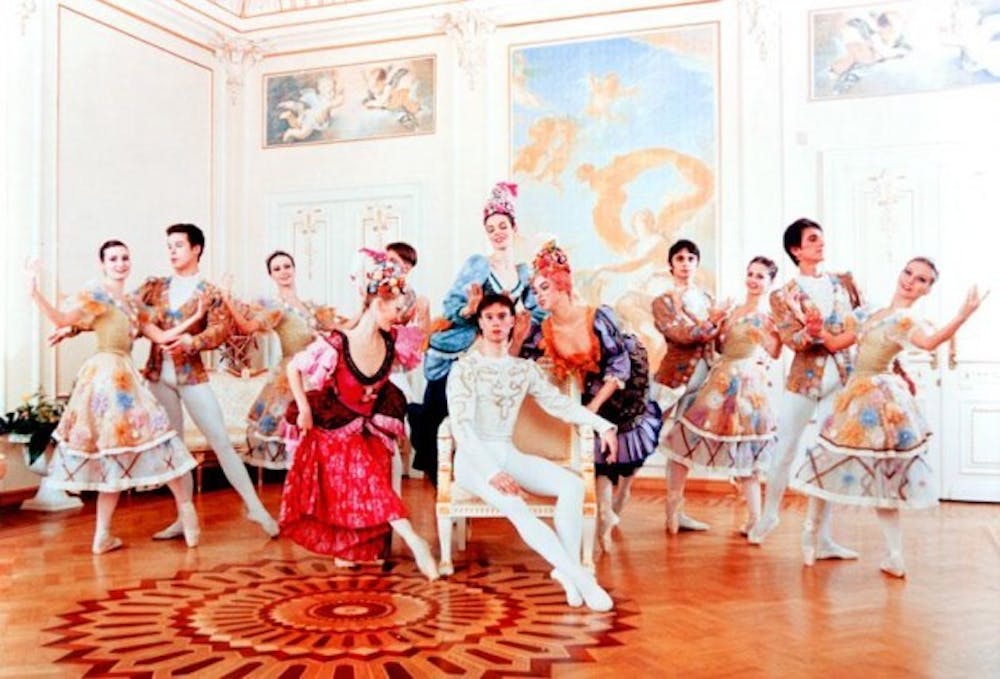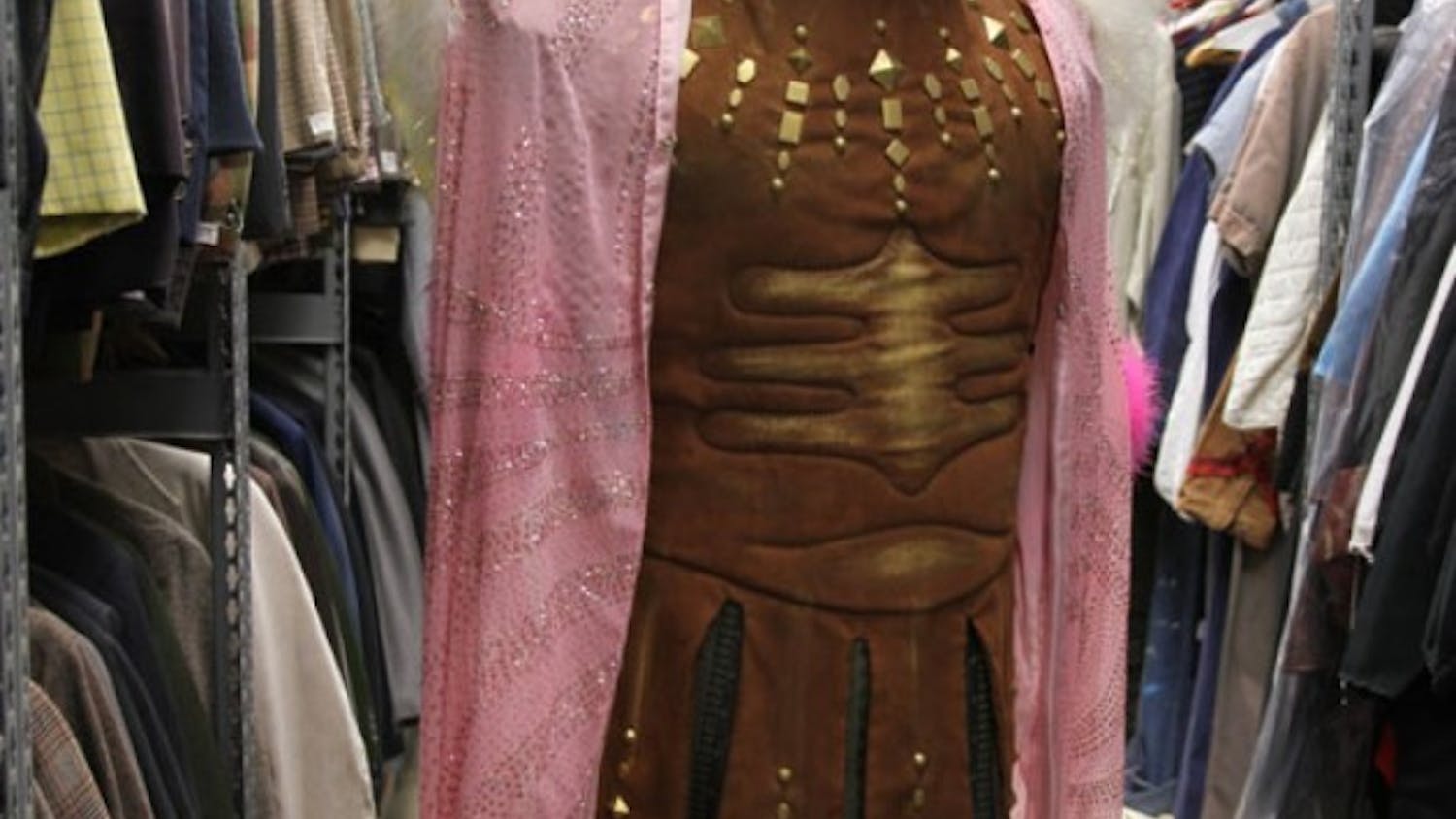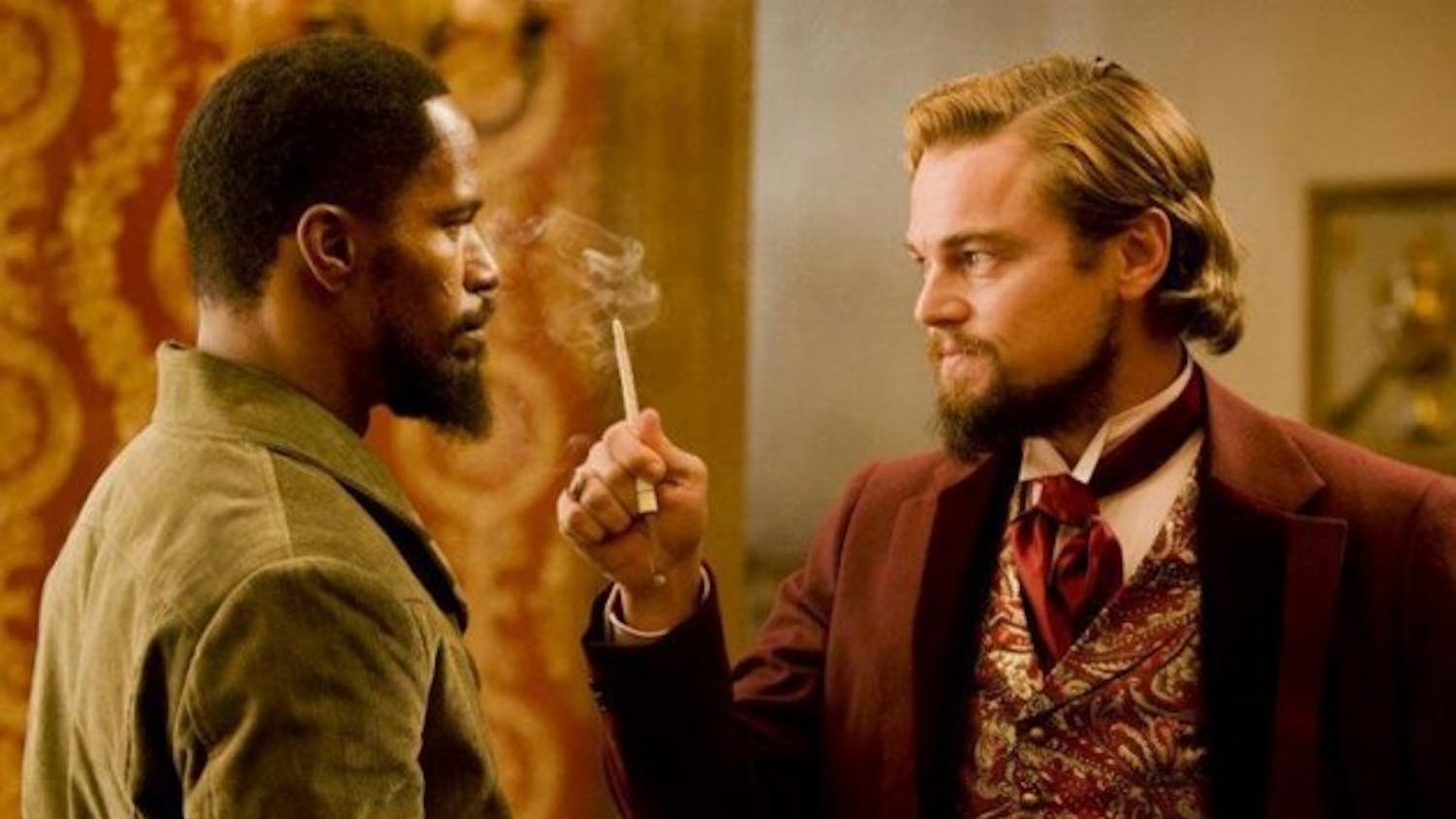The tale of Cinderella is a pervasive one. It dominates young girls' ideas of what it means to be a princess, demonstrates how one can overcome circumstances to make great achievements, and it's a favorite among Disney lovers everywhere.
Cinderellahas enjoyed its popularity in cartoons and in folklore, but many don't know that a ballet version has gained a lot of recognition since the 1940s.
The Moscow Festival Ballet graced the Center for the Arts stage on Tuesday with its performance of Cinderella. The company's interpretation of the classic rags-to-riches story through Rostislav Zakharov's choreography added distinctive characterization and additional expression via movement.
The most striking part of the performance was the muscular strength of the lead dancers. The principle dancer in the role of Cinderella executed adagio,or slow tempo, sequences with great ease and fluidity, which is especially impressive given the difficulty of such movements. The male lead's performance of the prince was particularly adept at difficult jumps and multiple pirouettes.
Claire McGarry, a Senior biological sciences major, has been recreationally attending theater and dance performances since she was 13 and she was most impressed with this aspect of the male dancers' performance.
"The grace of the male dancers was so impressive to me," McGarry said. "They landed insane jumps without a sound. I've never seen more graceful, but athletic, men than those lead dancers."
The technical prowess of the leads was highlighted during the ball pas de deux ("steps of two"). This type of duet features five parts that are meant to showcase partnering abilities and the strengths of the male and female dancers individually. During the ball, Cinderella and the prince engage in a short pas de deux that demonstrated a high level of skill in both partnering and individual variations.
The most remarkable part of the adagio portion of the pas de deux was a perfectly executed one-handed attitude promenade, in which the male dancer guides the female in a circular movement while she remains en pointe - much like a music box ballerina. This difficult move was performed without the slightest waiver, and Cinderella maintained her textbook attitude position flawlessly.
The female variation demonstrated the sheer strength of the female lead. Her variation featured a sequence that requires the constant transition from standing flat to standing en pointe, a move that demands extreme muscular strength.
The physical and technical competency of the female dancers is a strength among those trained in the Russian style of ballet, so her ability to execute this well was not surprising. This fact makes the dancers' performance no less impressive, however.
Despite the strength shown by the lead dancers, there was less adeptness shown by the soloists, demi-soloists, and occasionally the corps de ballet. One notable technical deficiency was the lack of precision by the stepsisters. Although these characters are meant to be clumsy and exaggerated, there were times when the stepsisters were clearly supposed to be in sync with one another, but fell off beat.
"You could definitely tell the difference between the principle dancers and the soloists; there was a clear drop-off in the skill level," McGarry said. "[The stepsisters'] fast movements were more imprecise than the leads' [movements], especially the fairy godmothers'."
The corps de ballet inconsistency showed particularly during the fairy sequences. The fairies in the corps were not together, throwing off the necessary aesthetic of oneness.
Other times, however, the corps was beautifully in sync. The ballroom scenes, which highlighted the corps in partnering male-female duos, was one of these notably strong performances - especially since they were navigating difficult choreography in a space that was small for the number of dancers on stage.
The characterization was one of the most entertaining aspects of the show, and the portrayal of the classic characters aided in engaging the audience. The most comical character in the show was the stepmother, who was played by a man. Although this is not an unusual way for theatrical productions to hyperbolize flamboyant characters, it certainly adds to the theatrical experience.
The stepmother blew kisses to audience members and directed other emotive expressions toward them, giving the audience that rare feeling that it was a part of the show itself. Rikesh Patel, a senior pharmacy major, thought that this was the most important element to making the ballet accessible.
"For someone like me, who knows nothing about ballet, the stepmother was the best part," Patel said. "She really engaged with the audience and provided some slapstick-type comedy to the show."
Despite some disconnect in the corps de ballet and among the soloists, this production of Cinderella was certainly impressive. The combination of talented leads and comical characterization made the show a perfect Tuesday night spectacle.
Email: arts@ubspectrum.com





